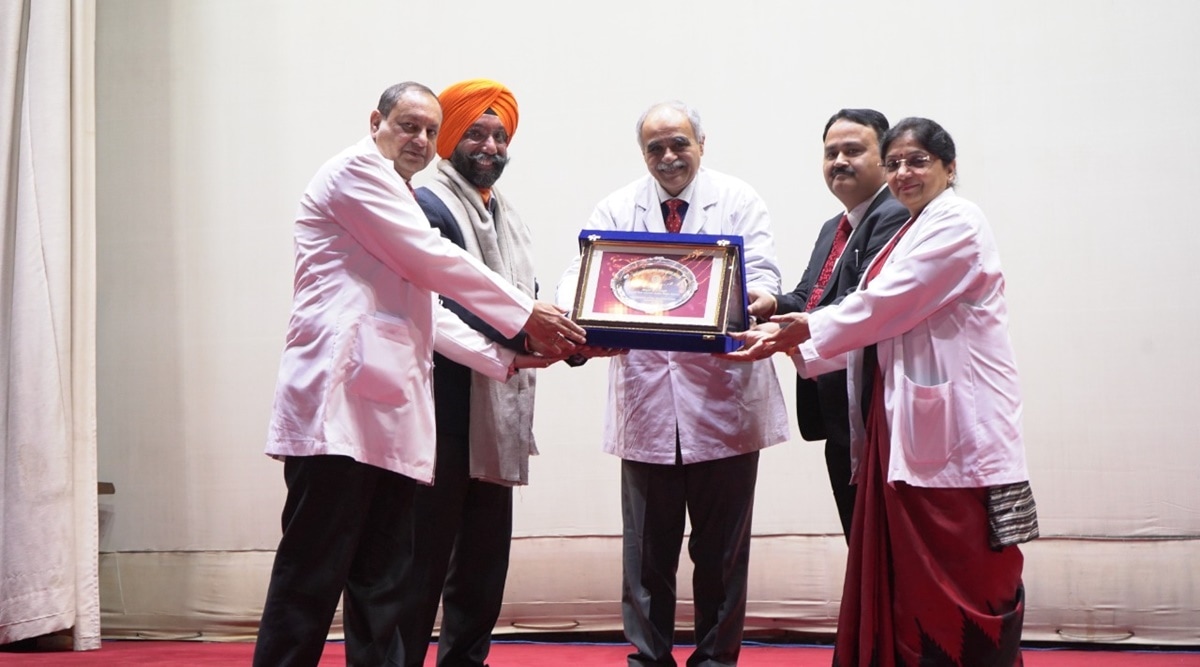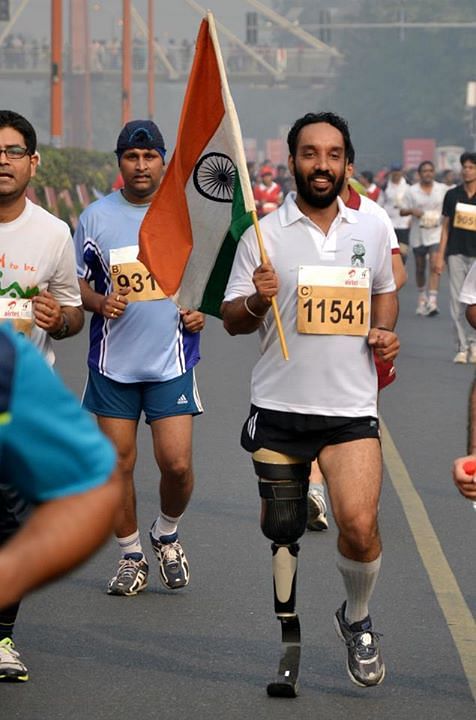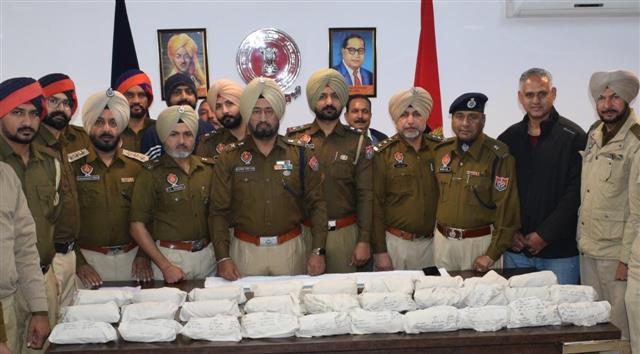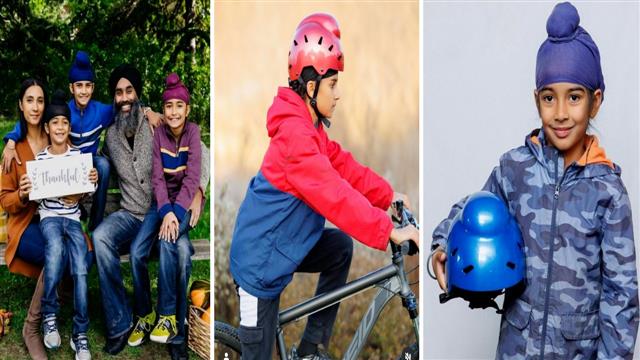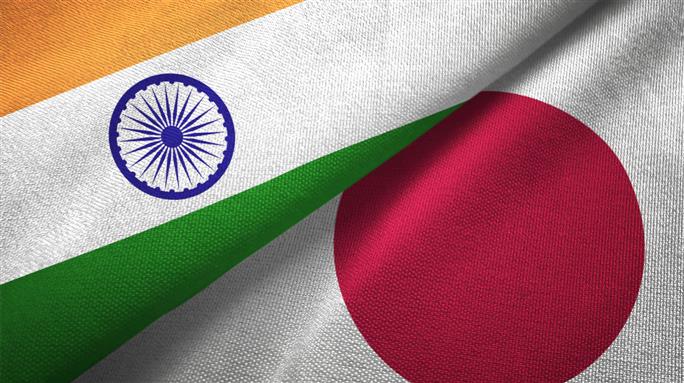
This is the 50th contract under ‘SPRINT’, which aims at the development of 75 indigenous technologies by the industry for the Navy
Immediate Support Vessel (ISV), a light and armed patrol boat of the Indian Navy. File image for representation.
The Indian Navy has signed an agreement with Sagar Defence Engineering Pvt. Ltd for armed autonomous boat swarms under ‘SPRINT’, an initiative to promote development of niche defence technologies by domestic companies.
This is the 50th contract under ‘SPRINT’, which aims at the development of 75 indigenous technologies by the industry for the Navy, officials said. The contract was signed on Wednesday.
“We are keeping the pressure on to sign the 100th contract by January end. Our aim is to induct 75 new technologies by August 15, 2023 as part of Azadi ka Amrit Mahotsav,” a Navy official said.
Sagar Defence Engineering has the know-how to create the nation’s first armed autonomous unmanned boat with swarming capabilities, the company said in a statement.
“The agreement refers to an Indian Navy project of the Defence India Start-up Challenge (DISC 7) SPRINT initiative, and the Indian Navy expects to place an order for 12 systems after the construction of the weaponised autonomous unmanned boat,” it stated.
The platform will be able to conduct a range of navy and security tasks including high-speed interdiction; surveillance; constabulary operations; Command, Control, Communications, Computers (C4) Intelligence, Surveillance and Reconnaissance (C4ISR); and low-intensity maritime operations.
‘SPRINT’ stands for Supporting Pole-Vaulting In R&D through Innovations for Defence Excellence (IdeX), Naval Innovation and Indigenisation Organisation (NIIO) and Technology Development Acceleration Cell (TDAC). It was launched by Prime Minister Narendra Modi last July.
























































